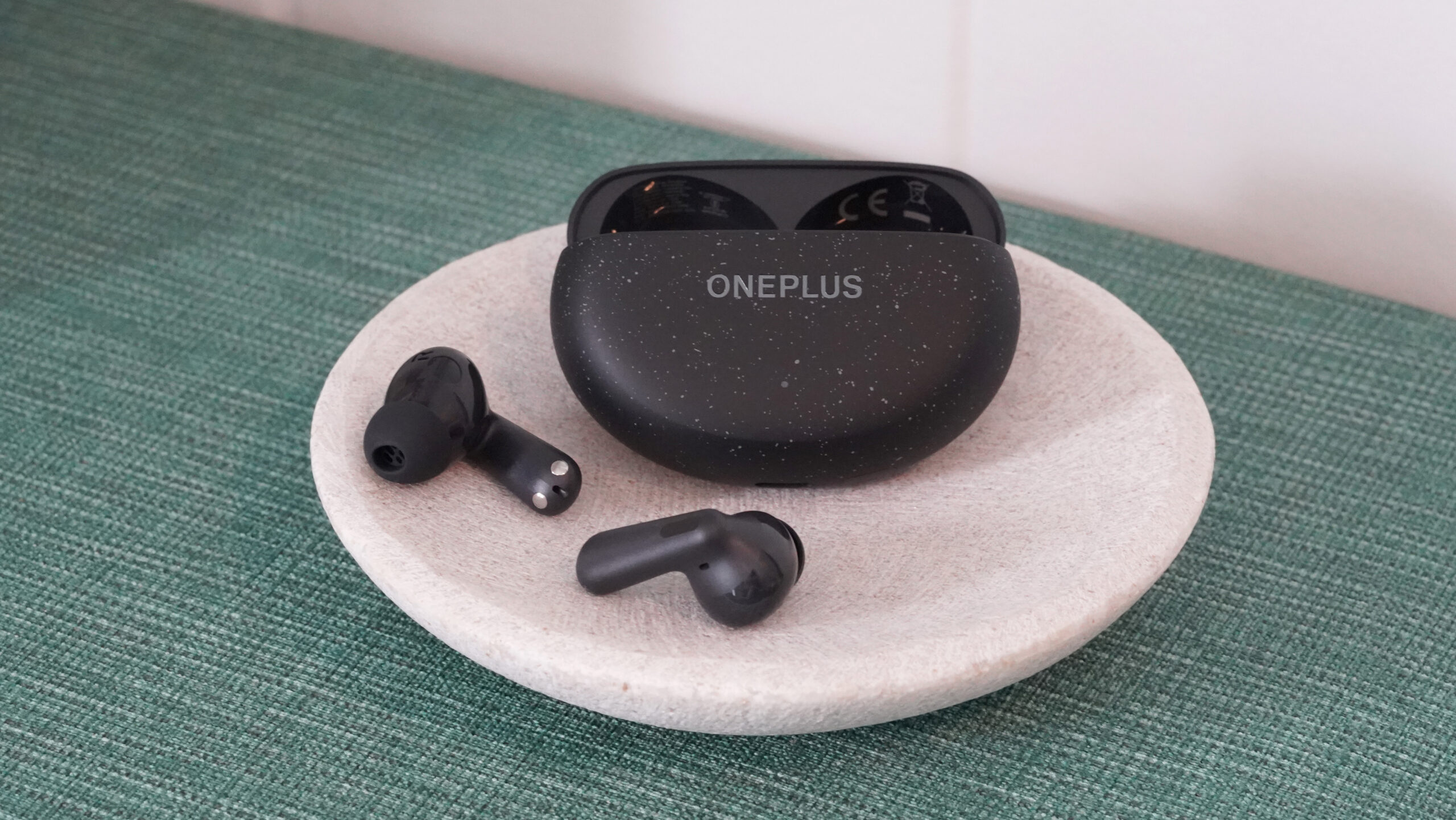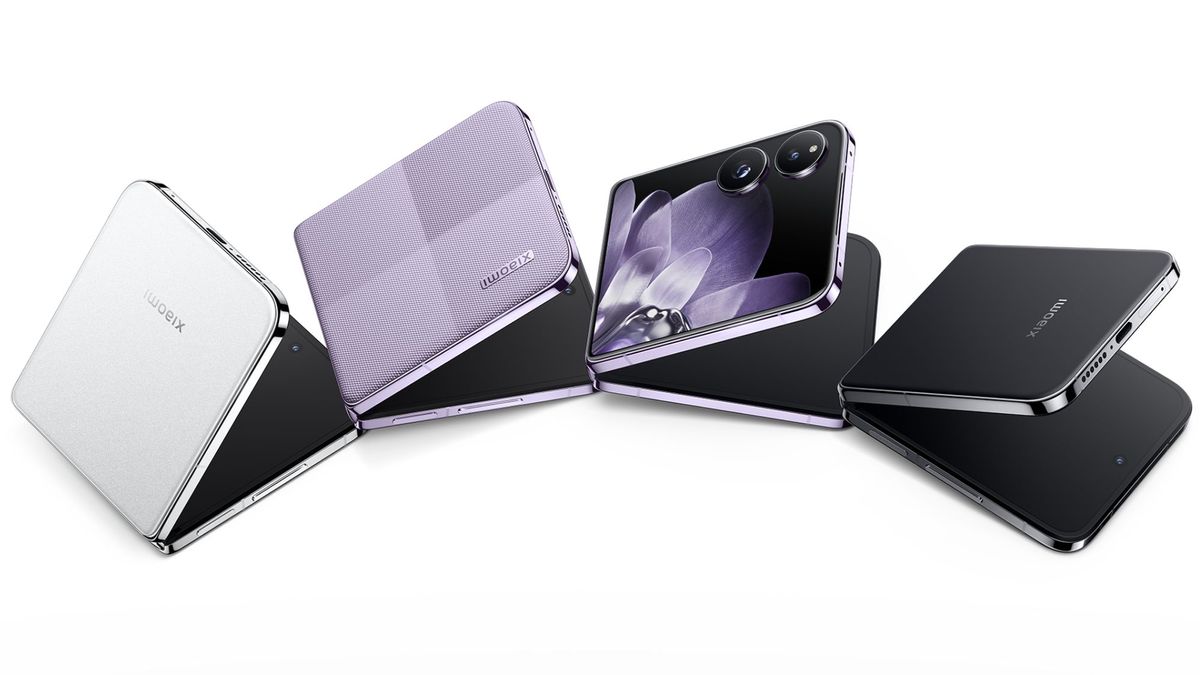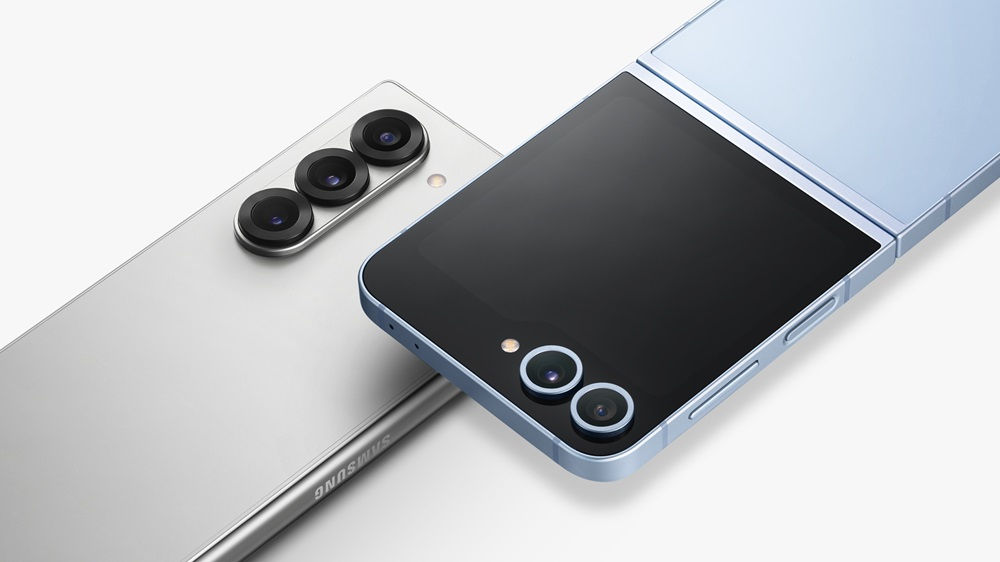From www.pcmag.com
Most high-end TVs use one of two screen technologies: OLED or QLED. They might sound similar, but they work very differently. We break down the distinctions to help you decide which one is right for you.

QLED TVs
Our Take
QLED TVs are brighter and usually more affordable than OLED models, but have imperfect shadow detail.
VS

OLED TVs
Our Take
OLED TVs offer incredible color and perfect black levels, but aren’t as bright as QLED panels.
The term LED (an abbreviation for light-emitting diodes) describes a method of lighting LCD televisions. In fact, most LCD TVs these days are called LED TVs. They compete with OLED TVs, which use a completely different panel technology. Making matters even more confusing, premium LED TVs have their own descriptors like QLED.
Just a couple of years ago, there was a pretty clear line between LG’s OLED TVs and Samsung’s QLED TVs. But now Samsung makes OLEDs as well, and every major manufacturer uses the technology that drives QLED TVs. The lines are blurrier than ever, and if your head is spinning, we’re here to help. Read on for everything you need to know about the differences between these two technologies, and the benefits and drawbacks of each.
LCD vs. LED
Before we get into what makes them different, it’s important to understand what LED means. LED-backlit LCD TVs consist of two main parts: the panel and the backlight. The panel is an LCD (short for liquid crystal display) sheet that can produce images when electricity flows through it. The LCD generates the individual pixels of the TV, activating different combinations of red, green, and blue sub-pixels to produce the correct color for each pixel.
LCDs don’t produce light, and without a backlight, the pictures they form would be very difficult to see under most lighting conditions. That’s why LCD panels need to be backlit by separate light sources either behind or along the edges of the panel. On early LCD TVs, these lights were bulky cold-cathode fluorescent lamps (CCFLs), but they’ve been completely replaced by thinner, lighter, and more energy-efficient LED lighting systems.
At their simplest, LED backlights just illuminate the LCD panel so you can see the picture it’s displaying. More advanced TVs use arrays of dimmable LEDs to make parts of the TV brighter or darker, improving the contrast of the picture. The more individually controllable LEDs in the array, the more the backlight can improve the TV’s contrast ratio and prevent halos and auras in the shadowy parts of high-contrast scenes.
OLED: Totally Different Than LED
Organic light-emitting diode (OLED) TVs sound like they should be very similar to LED TVs. After all, the letters are there, and they even mean the same thing. The logical conclusion from the term would be that OLEDs are just LEDs that have an organic component to them. That’s true in the most basic sense, but OLED displays are actually wildly different from LED-backlit LCD TVs.
OLED TVs use panels of OLEDs to both generate and illuminate the picture. Each pixel on an OLED panel is produced entirely by the OLEDs themselves, determining the color of that pixel and causing it to produce light. Mechanically, OLED displays are much closer to now-defunct plasma TVs, which consist of individual plasma cells coated with colored phosphors, determining both the color and the light of each pixel on a single panel. The chemistry, engineering, and physics of OLED and plasma technologies are wildly different, but fundamentally they do the same thing: generate a picture that doesn’t require an external light source for illumination.

LED TV and OLED TV panel structure (Credit: Samsung Display)
Because each pixel generates its own light, OLED panels can produce the best possible contrast of all display technologies. If part of the picture is black, those pixels can simply turn off and emit no light at all. This is a stark difference from LED lighting arrays for LCD panels, which always bleed some form of light to parts of the panel that should be unlit. Excellent LED TVs have backlight arrays with hundreds or thousands of individually dimmable LEDs and can produce similarly perfect black levels in testing. Still, because there are far more pixels than LEDs, some light bloom (or the bleeding of light from very bright to very dark areas along highly contrasting edges) is possible. That can’t happen with OLED TVs. The trade-off is that OLED panels aren’t consistently as bright as high-end LED TVs.
The other big advantage of OLED panels is color range. For several years, OLED TVs could show wider colors than LCD-based TVs, which is a big factor for high dynamic range (HDR) content. OLEDs consistently have incredible color performance, but quantum dots have brought LED TVs to their level.
OLED panels are very expensive to manufacture in large sizes, so OLED TVs are consistently pricey. They’ve become a bit more affordable over the years, and now you can get a good OLED TV for about the price of a high-end LED TV in the next-largest size (a 55-inch OLED TV is usually about as expensive as a 65-inch premium LED TV). It’s pricey, but the first OLEDs we tested a decade ago started at $10,000, and they were 1080p! Because of this, OLED technology is reserved for flagship or near-flagship models.
Currently, LG is the most prominent name in OLED TVs, with its C3 Evo standing out as one of the best we’ve tested. However, after years of intransigence and sticking with LED TVs, Samsung finally relented a few years ago and began manufacturing OLED TVs, and they’ve turned out to be fantastic. The Samsung S95D produces an incredibly bright picture, for instance. Sony also makes OLED TVs, and they’re consistently strong performers as well. That’s not surprising, since Sony actually produced the first OLED TV, the XEL-1, in 2008. It had an 11-inch screen and cost $2,500.
QLED is a term Samsung popularized for an LCD panel technology called quantum dot display. A layer of nanocrystals (extremely small crystals) is built into the layers of the liquid crystal panels that produce the image you see on an LED TV. These crystals filter blue light into other colors and significantly expand the color gamut of an LCD panel. This technology has let LCD-based LED TVs keep up with OLED TVs in color range and accuracy, and we now often see similarly excellent performance in this regard from both OLED and QLED TVs.

LED TVs, with large LED and mini-LED backlight arrays (Credit: LG Electronics)
Quantum dot displays aren’t unique to Samsung, but different manufacturers have different names for the technology. Because of this, it can get a bit confusing. TCL uses QLED just like Samsung. Hisense calls its quantum dot TVs ULED. LG calls its quantum dot TVs QNED, but that’s another non-branded term for TVs that use both quantum dots and “nanocell” LED backlights (which are essentially fancier LEDs). Sony doesn’t even say it uses quantum dots, but its high-end TVs have a proprietary feature called “Triluminos Pro” that seem to produce similar results.
A wider color gamut is very beneficial, but as an LED-lit LCD panel, light bloom and shadow detail remain a concern. Even though the technology can technically produce perfect black levels, the previously mentioned issue of light bleeding is still there. This problem has gotten much better, and QLED TVs’ blacks have gotten much darker, thanks to mini-LED backlight systems with hundreds or thousands of tiny LEDs that are individually controlled, compared with the dozens of larger lights older and less expensive LED TVs use.
Top-of-the-line QLED TVs are nearly as pricey as OLED TVs, but there is much more flexibility for different budgets. The Samsung S95D OLED retails for $3,399 for 65 inches and comes in just two other screen sizes (55 and 75 inches), while the equally high-end QN90D QLED retails for $2,699 for the same size and comes in eight other screen sizes from 43 to 98 inches. You can also pick up the similarly excellent Hisense U8K ULED in 65 inches for $1,000 or less.
OLED vs. QLED: Which Should You Buy?
Let’s make this as simple as possible: The biggest advantages of QLED TVs are brightness and price. They can put out much more light than OLED models, and while premium QLED TVs are still pricey, they usually cost a bit less than OLED models. OLED TVs, on the other hand, can usually show better shadow detail and perfect black levels without any light bloom, and usually display a wider color range. The trade-off is that they’re consistently more expensive than QLED TVs.
Consider your budget and the lighting in the room where you plan to put your TV: An OLED will do best in a home theater where you can block out most outside light, while a QLED will have an edge in a room that gets plenty of windows and sun. That said, as OLED TVs get brighter and more affordable, and QLED TVs use smaller and more numerous mini-LEDs for their backlights, the distinctions between the two will become less and less significant.


Like What You’re Reading?
Sign up for Lab Report to get the latest reviews and top product advice delivered right to your inbox.
This newsletter may contain advertising, deals, or affiliate links. Subscribing to a newsletter indicates your consent to our Terms of Use and Privacy Policy. You may unsubscribe from the newsletters at any time.
Further Reading
The post OLED vs. QLED: What’s the Difference? first appeared on www.pcmag.com
















